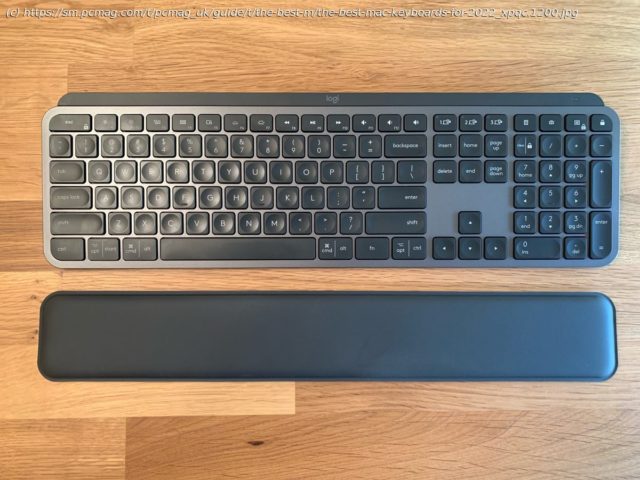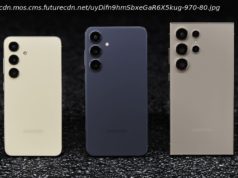Apple Magic Keyboard lost its magic? These lab-tested Mac-compatible keyboards look and feel fantastic, and work perfectly with your iMac or MacBook.
Apple’s Magic Keyboard is compact and elegant, but it’s far from the only worthy keyboard option for Mac users. Whether you write all day, play fast-paced games, need superior ergonomics, or prefer the cacophonous comfort of mechanical keys, there are lots of great Mac keyboards out there. That said, not every keyboard works perfectly with Macs, so let’s talk about what you need to know before you pick a new one. Why You Need a Mac-Friendly Keyboard
Technically, you can use any keyboard with your Mac. Plug it in (possibly with the aid of a USB-A–to–USB-C adapter) or pair it over Bluetooth, and its basic typing functions will just work. That said, if you’re used to a Mac and especially if you’ve been using Apple’s Magic Keyboard, you’ve grown accustomed to certain keys and features that you’ll want in any new keyboard you buy. The default Magic Keyboard has a compact, 78-key design that crunches all of its keys, including the arrows, into the smallest possible typing block. Very few other keyboards, even small ones, use this kind of layout. Apple also makes a full-size Magic Keyboard with a number pad, but Apple treats that more like the XL model, whereas most keyboard manufacturers see the full-size 104-key layout as the default. If you like a smaller keyboard, a useful term to look for is tenkeyless or TKL, referring to a keyboard that lacks the 10-key number pad. You may also see keyboards referred to in percentage terms—that’s not a percentage of a full-size keyboard’s length and width, but a percentage of keys, based on the 104-key standard. Some omit arrow keys, function keys, and more to get as small as 60% or 65%, often with a very compact layout. Apple’s Magic Keyboard, Trackpad, and Mouse have an extremely low profile. The keys in the top row of an Apple keyboard are assigned to system-level tasks such as screen brightness and volume controls. They can be used as classic F1–F12 function keys, but you’ll need to press the Fn key for that.






